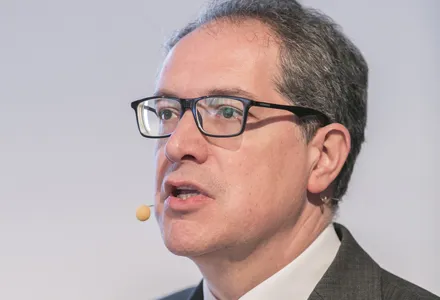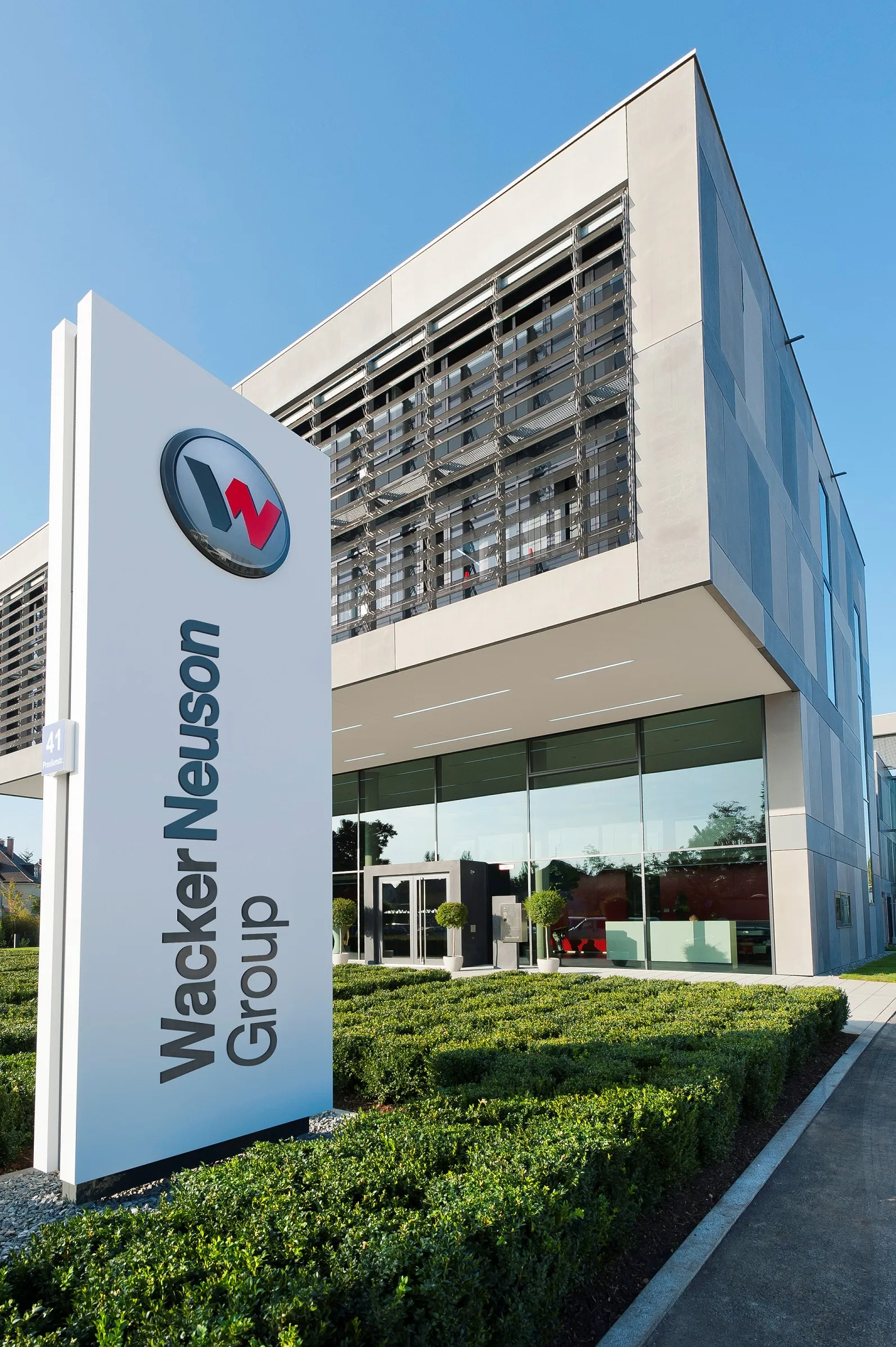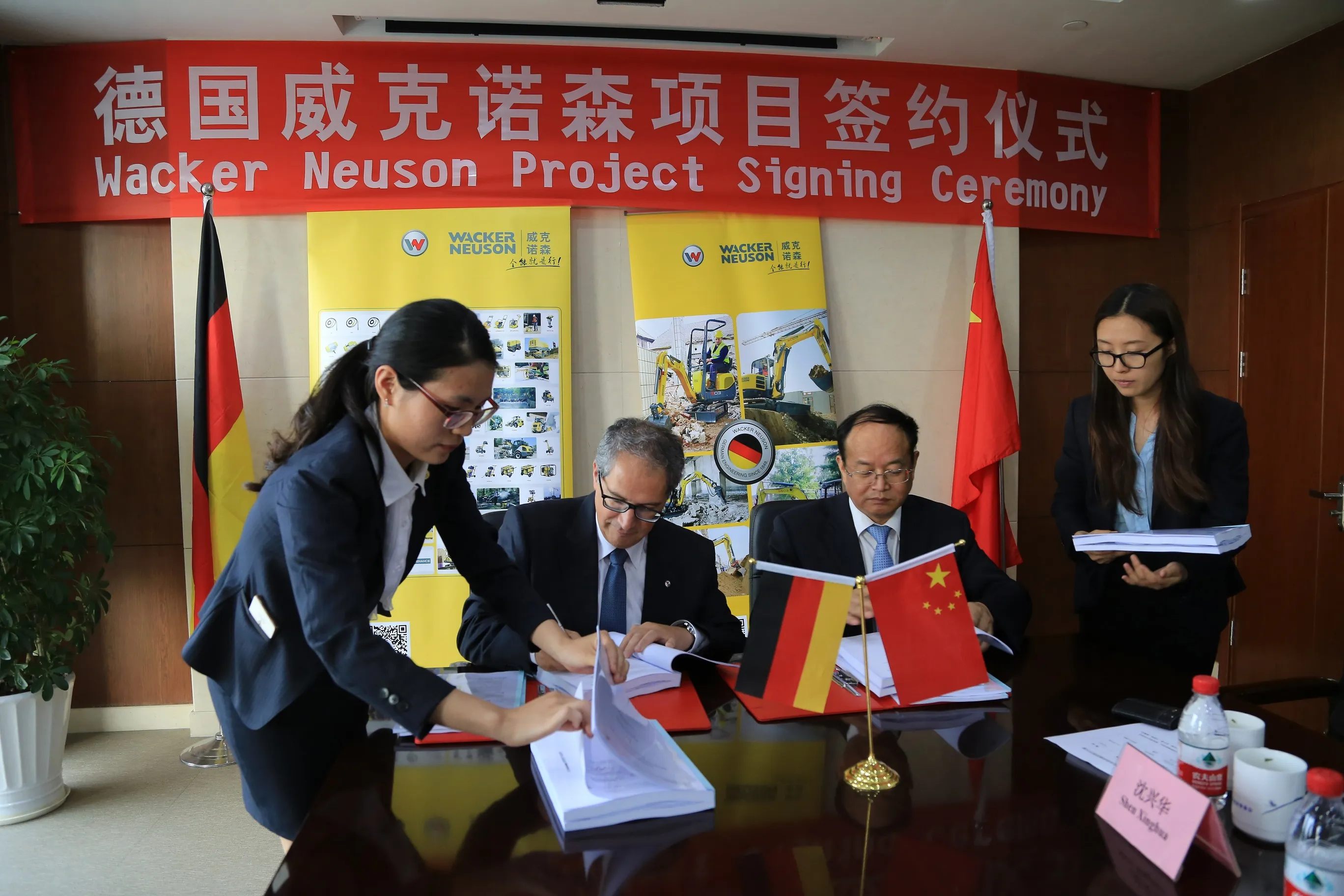Sales were good for Wacker Neuson in 2015 but it was an uphill battle, according to Cem Peksaglam, the chief executive of Wacker Neuson Group.
Since 2011 the German machine maker has seen “good growth”, said Peksaglam. Revenue was up 39% during this period, for around 8.5% annual compound growth.
Revenue reached around €1.38 billion last year, despite “a little bit of a struggle” in 2015, he told reporters during a presentation at bauma.
Sales in North America were strong in the infrastructure mark
April 13, 2016
Read time: 2 mins

Sales were good for 1651 Wacker Neuson in 2015 but it was an uphill battle, according to Cem Peksaglam, the chief executive of Wacker Neuson Group.
Since 2011 the German machine maker has seen “good growth”, said Peksaglam. Revenue was up 39% during this period, for around 8.5% annual compound growth.
Revenue reached around €1.38 billion last year, despite “a little bit of a struggle” in 2015, he told reporters during a presentation at bauma.
Sales in North America were strong in the infrastructure market which made up for a poor showing in the oil sector, thanks to the continuing weak price of oil and a depressed raw commodities sector.
The company remains committed to Brazil, despite its financial difficulties, and this month will open a assembly plant for generators.
For this reason, he is “sceptical and cautious” about growth for 2016. The company, which recently launched a new logo, has estimated this will be around €1.45 billion at most.
Peksaglam shared his thoughts with World Highways magazine in an exclusive interview during bauma.
Since 2011 the German machine maker has seen “good growth”, said Peksaglam. Revenue was up 39% during this period, for around 8.5% annual compound growth.
Revenue reached around €1.38 billion last year, despite “a little bit of a struggle” in 2015, he told reporters during a presentation at bauma.
Sales in North America were strong in the infrastructure market which made up for a poor showing in the oil sector, thanks to the continuing weak price of oil and a depressed raw commodities sector.
The company remains committed to Brazil, despite its financial difficulties, and this month will open a assembly plant for generators.
For this reason, he is “sceptical and cautious” about growth for 2016. The company, which recently launched a new logo, has estimated this will be around €1.45 billion at most.
Peksaglam shared his thoughts with World Highways magazine in an exclusive interview during bauma.







